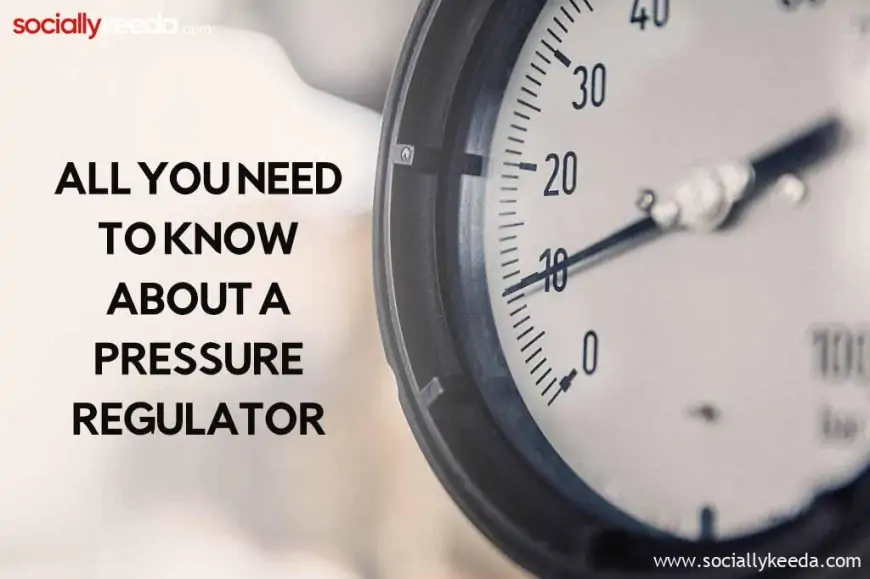A pressure regulator is a device that plays a key role in various fluid systems either at the domestic or industrial level. It helps in maintaining the desired value of pressure and also keeps the other process variables low for the accurate happening of a process. For this, it's crucial to use the Accurate type and size of the digital pressure regulator. Because the wrong device installed in a system can lead to poor efficiency, poor performance and can compromise the safety of the system.
Getting the right type of regulator for your fluid system requires having the proper knowledge of the electronic pressure regulator, their types and their working. Read more to know about their types and working.
Types of Regulators:
Today, pressure regulators come in various types but below we have discussed two main types of pressure regulators. Let's take a look at them:
Pressure Reducing Regulators:
This type of digital pressure regulator continuously senses the outlet pressure and whenever it senses a hike in the pressure, it automatically takes the necessary action and expands or restricts the passage of the fluid so that the required value of pressure can be maintained in the system.
Back Pressure Regulators:
A back pressure regulator senses the inlet pressure and controls the upstream pressure. In simple words, an electronic back pressure regulator basically controls the inlet pressure and vents the excess pressure out to maintain the required state of pressure.
The selection of the regulator depends on the process requirements that you have to perform. For instance, if you want to reduce the pressure then a pressure-reducing regulator will be an ideal option. But if you have to use the digital pressure controller at a place where upstream pressure goes up than the desired value then you should go for a back pressure regulator. As it will help to control and, maintain the upstream pressure.
How Does a Pressure Regulator Work?
There are basically three essential components present in all the latest pressure regulators and these three components work collaboratively inside the digital pressure regulator and help in maintaining the required pressure.
Sensing Element:
The sensing element of a pressure regulator sense any kind of change in the outlet pressure and sends a signal containing information about these changes so that the control element can effectively control it.
Control Element:
This is the main element that helps in maintaining the required pressure in a fluid system. It reads the received signal of the pressure sensors and provides the instruction that tells the other components to perform the necessary actions in order to keep the outlet pressure of electronic pressure control equal to the set value.
Loading Element:
This is the element that takes action according to the instruction of the control element and helps the regulator to deliver accurate pressure at the outlet.
Final Words:
Having a deeper knowledge of pressure regulators is very useful in purchasing the right type of digital pressure regulator. However, the above-listed things are very helpful in this regard.








